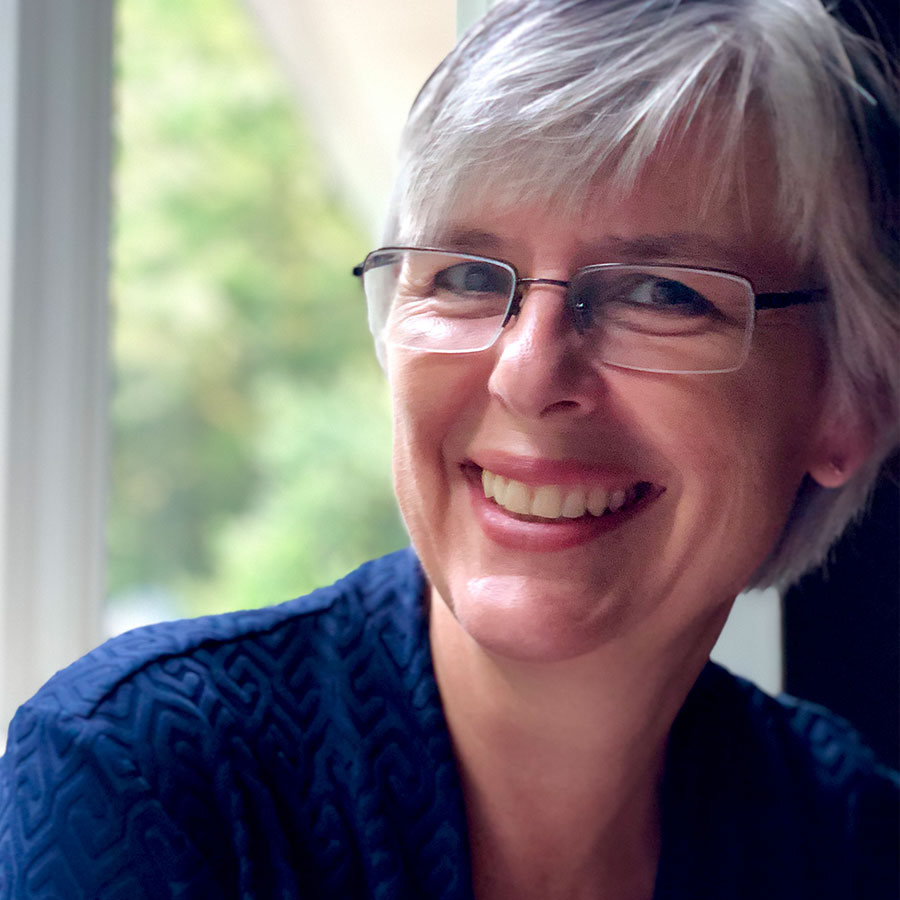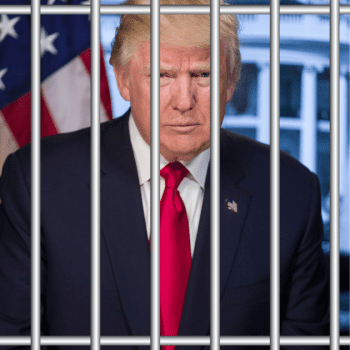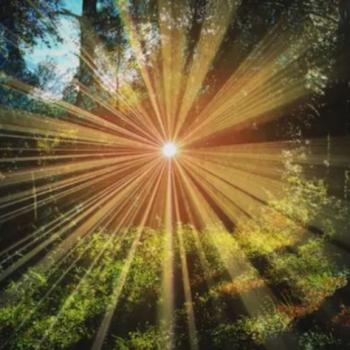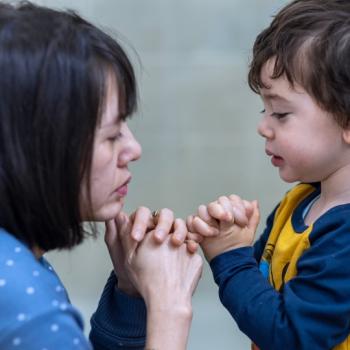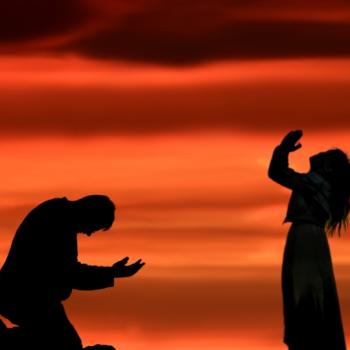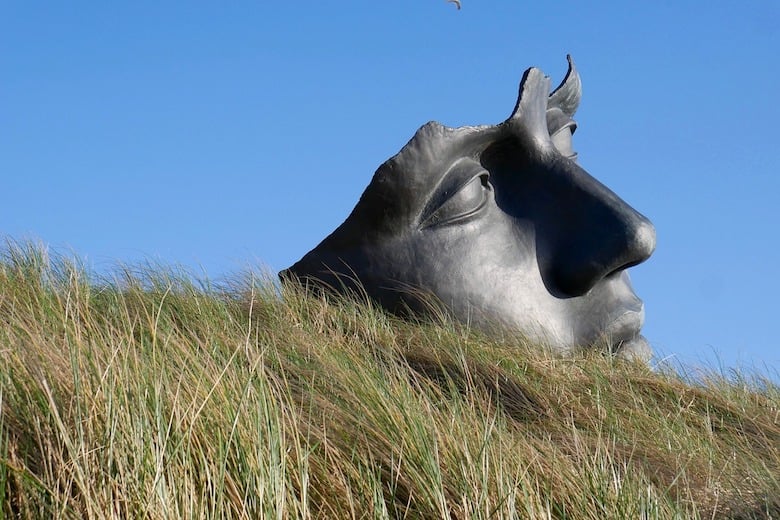
“I can’t remember the last time I touched grass,” announced a student in my classroom this week. I was giving my weekly reminder to look at me instead of their computer. During pandemic school days, I tried every digital tool I could find to make language learning more engaging online. We practiced verb forms with GimKit. We worked through translations using Pear Decks. We made connections using Padlets and Jamboards – and I felt like a wizard transforming my decades of teaching tricks into digital experiences. Now I just want eye contact back. I’m also worried that I’ve contributed to the pandemic of digital addiction. Connection via screen. And when that student proclaimed that he couldn’t remember the last time he had touched grass, I felt certain that I had also contributed to their disconnection from the earth. So out we went. Verb conjugations could wait. We needed to touch the grass.
It was a rainy January day, and I must say, I was hard pressed to find a patch of grass that looked even remotely touchable. Until we bent down. And put our palms into puddles from which sparse spiky blades were standing firm and green. We bounced our hands on them, letting our fingers feel their strength, as they were staying the winter. Perhaps they were not standing as close to their neighbor blades as they do in summer. And their growth was dormant. But there they were, ready to be touched. Ready to acknowledge that they have seen better days. Ready to share a million life lessons with us. It is the earth from which we have come and to which we will return. May we not lose that connection in our day-to-day living.
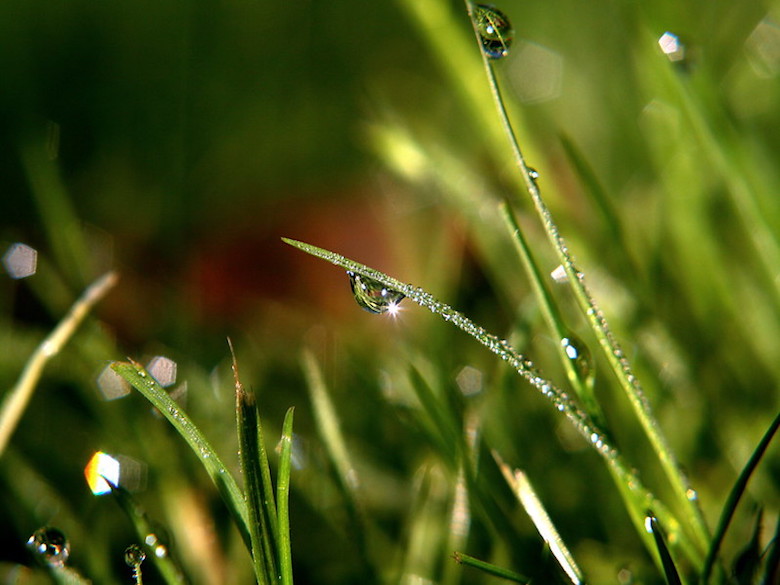
Teaching at Ground Level
Back in my classroom I ground my teaching practices in my pre-pandemic strategies. We kneel in circles on the floor to tap the present tense of verbs in a rhythmic pattern. We spread words all over the ground to decode the highly inflected Latin sentences, to piece together meaning from seemingly random forms. We kneel to invoke the Musa, the goddess who inspires us with another episode of our beloved epic tale. The moments on ground level are ones of connection and engagement and living practice. Our hands may not be in the dirt or bouncing on the grass, but somehow at this level, we are more connected.
Prayer at Ground Level
My prayer practices feel more connected to the divine when I take them to the ground as well. During QiGong my feet are planted on the earth. Embodied prayer. I draw the qi/chi up from the earth and with a sweep of my hands from head to shoulders and down the length of my legs, my whole being is infused with the exchange of energy with the earth. My meditation and yoga practice is on ground level. Joining my Hindu friends in special ceremonies – in celebration and in grieving – our feet are bare and we are gathered on the ground around sacred symbols from the earth. In the Sikh gurdwara for prayer, again I am on the ground, humbled to the earth. Into the next room for langar, sitting in rows on the floor, a community shares food with anyone who is there to be in fellowship. Worship and fellowship on ground level – I can’t help but think that in this position of connection to the earth, we are more connected to one another.
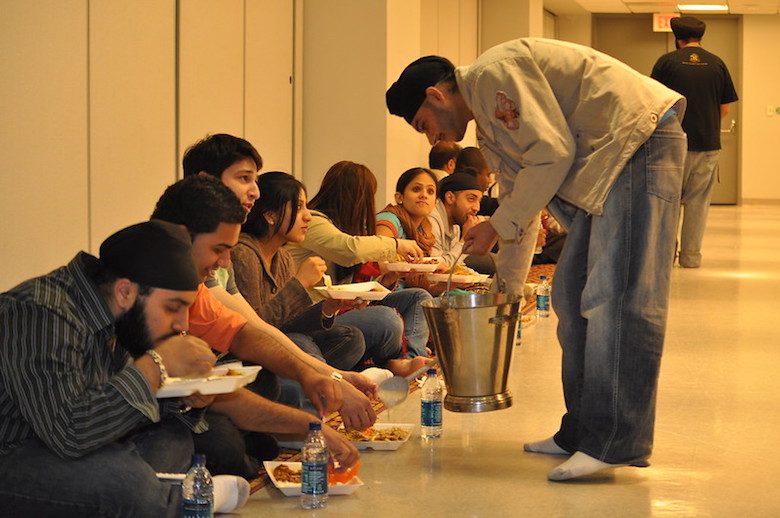
The earth is our mother. Our teacher. The support beneath our feet. The source of our energy.
We know that we fail on a daily basis to listen to her groans of pain under our neglect. Yet still she gives us her everything. She tells us what divinity is. That which longs to be in relationship with us. Our source and our strength, even when we turn away in neglect. Perhaps, though, by taking our prayer to ground level, we can cultivate that bond. We can turn to her divinity and accept her limitless foundation.
In my Presbyterian church there are few opportunities to take knee to ground. A laying on of hands in ordination. The taking of vows. During these pivotal moments in our journeys of faith and life, we literally humble ourselves before God. The bending of the knee is an ancient symbol of reverence before a higher power. But perhaps we could reframe that. Maybe we are taking ourselves closer to our God. Not bending ourselves in obedience, but literally turning closer to the divine, seeking closer relationship. Taking ourselves to the root of our foundation and faith as we find God in all of creation. Those of the Reformed tradition in Christianity generally do not kneel in prayer, although John Calvin suggested that if it helps you feel a deeper connection to God, then by all means, kneel.
When Circumstances Don’t Allow
There are times, however, when circumstances don’t allow us to lower ourselves to ground level. When our knees do not bend, when we cannot even find a patch of unpaved ground, she is there. How beautiful to recognize that the earth is ever present beneath us, nonetheless. As Hildegard von Bingen said, the substance of incarnation. Calvin’s theater of God’s glory. It is not necessary to touch soil to know that seeds are lying dormant within it, to sprout when the time comes.
Earth, isn’t this what you want? To arise in us, invisible?
Is it not your dream, to enter us so wholly
there’s nothing left outside us to see?
What, if not transformation,
is your deepest purpose? Earth, my love,
I want it too. Believe me,
no more of your springtimes are needed
to win me over — even one flower
is more than enough. Before I was named
I belonged to you. I see no other law
but yours, and know I can trust
the death you will bring.
See, I live. On what?
Childhood and future are equally present.
Sheer abundance of being
floods my heart.
— Rilke, From the Ninth Duino Elegy
Earth Teach Me
Jennifer Folayan serves as a Cultural Specialist at the Healing Lodge of Seven Nations in Spokane, Washington. Her connection to the earth is always present in prayer. She shares prayers with Alignment in the sanctuary of trees.
Earth teach me quiet ~ as the grasses are still with new light.
Earth teach me suffering ~ as old stones suffer with memory.
Earth teach me humility ~ as blossoms are humble with beginning.
Earth teach me caring ~ as mothers nurture their young.
Earth teach me courage ~ as the tree that stands alone.
Earth teach me limitation ~ as the ant that crawls on the ground.
Earth teach me freedom ~ as the eagle that soars in the sky.
Earth teach me acceptance ~ as the leaves that die each fall.
Earth teach me renewal ~ as the seed that rises in the spring.
Earth teach me to forget myself ~ as melted snow forgets its life.
Earth teach me to remember kindness ~ as dry fields weep with rain.
An Ute Prayer
By taking everything from our practices of prayer to our interactions in work and worship to ground level, perhaps we can re-engage our connection to earth. Come into right relationship with the divine. May our eyes soar to the skies. May we breath the air that fuels our lungs. But may our feet feel firmly planted and our hearts rooted in the earth which gives us life.

